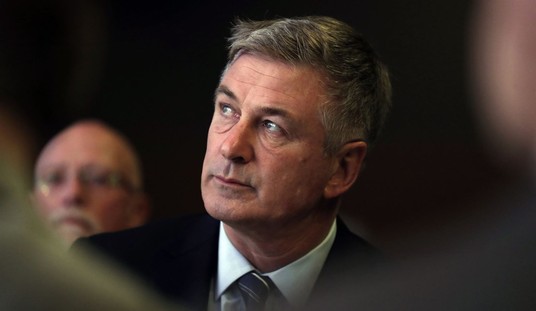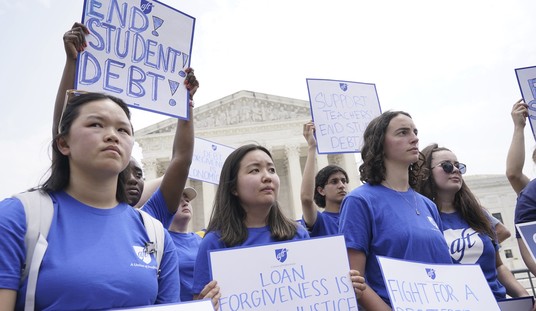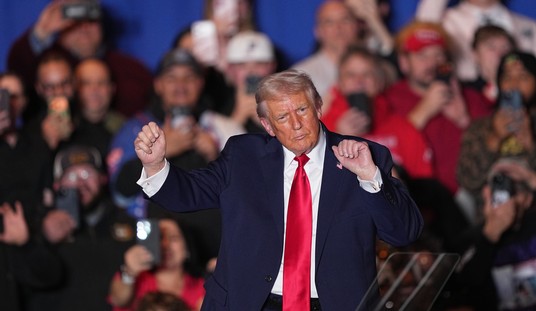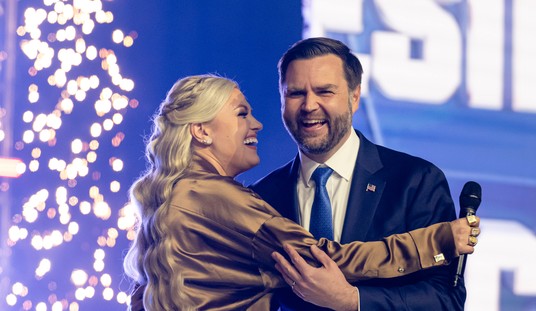One morning in June 2008, the rector of the Basilica of the National Shrine of the Immaculate Conception walked into the shrine’s bookstore, and after flipping through the pages of a recent release by Catholic writer Philip Lawler, he ordered all copies of it removed from the store.
The monsignor also canceled the author’s book signing event, which was to take place in the shop in about two weeks. His actions created a bit of a stir in Catholic circles at the time.
When asked by a Washington Times reporter why he banned the book, the rector declined to discuss specifics. He said only that “he had received several complaining calls and had read through the book.” As for the book signing: “That fell through the cracks … [the event] should have been vetted.”
The book to which the monsignor had so strongly objected was The Faithful Departed: The Collapse of Boston’s Catholic Culture.
In the stunning expose, Lawler examined the causes and consequences of the Catholic clerical sex abuse scandal that rocked Boston in 2002, and how the scandal had reverberated throughout the United States.
To be sure, The Faithful Departed is not a fun read because of its disturbing subject matter, but as writer Brian Kelly pointed out in his review in Catholicism.org, it was popular with “priests who liked its journalistic style.” It also provided serious analysis regarding the ongoing sexual abuse crisis that should have been of interest to all members of the Catholic clergy:
In fact, considering the toxic depravity of the sexual offenses that are recounted, the author nobly maintained a high degree of propriety without sanitizing the foulness of the crimes.
It was not written to exploit the clergy’s sex-abuse crisis in any way; it was written in order to give explanations as to the causes for the worst internal crisis in the history of the Church in America; it was written to provide correctives for the future; it was written for the sake of the victims; it was written for the sake of reparation to our offended God; and it was written to give readers hope in the strength of the Mystical Body, hope that good will triumph in a time when the scandal seems to have taken away all hope.
It is a prudently written, serious analysis of the collapse of all that contributed to a once-vibrant Catholic culture in the Boston diocese and the causes thereof.
Kelly argued that Lawler, a former editor of Boston’s Archdiocesan paper, was the only person who could have written the story with “such intimate and comprehensive objectivity”:
It took a local Catholic writer, who lived through the worst of the sordid events that are recounted in these 258 pages, to present the painful history honestly and without attenuation. By the way, Philip Lawler didn’t last long as editor of the Boston Pilot.
He explains in the second part of this book how Cardinal Law had hired him in 1986 with the impulsive marching orders to promote an “aggressive” Catholic front in dealing with public affairs. About a year later, he was forced to resign after he stirred up too much controversy, not, as he had first thought, for his editorial in defense of Humanae Vitae , but for his searing article opposing “gay rights” legislation. The official reason given for his ousting was “editorial conflict.”
Monsignor Walter Rossi, the rector of the National Shrine who ordered the books out of his store, lamely tried to explain to the Washington Times why he rejected the book:
[Pope] Benedict over and over again said it’s time to move on. It’s not over, oh my God, no, but he says there should be healing and to move on.
He added:
I don’t know if [The Faithful Departed] fosters healing and reconciliation. I thought it contributed to greater breaking down of the church, rather than building it up.
Everyone’s a critic.
In light of recent events, it is clear that the National Shrine still does not welcome those who are deemed to be “breaking down the church.” This year’s persona-non-grata is the American Spectator’s George Neumayr, who was banned from the premises “Willie Horton-style” after his investigative reporting on the 2018 priestly abuse scandal ruffled the wrong feathers. Neumayr, a lifelong Catholic, is not only barred from practicing journalism at the Basilica — he is barred from attending Mass.
In recent weeks, Neumayr has broken a series of stories, such as Cardinal Wuerl’s multi-million-dollar penthouse on Embassy Row — where he employs a “personal chef” — and his sheltering of serial rapist Theodore McCarrick at an archdiocesan-owned mansion near American University Law School.
Neumayr further reported that, according to a chancery-connected source, Wuerl is secretly building a costly retirement home for himself at John Paul II Seminary. And he recently discovered that the embattled cardinal hired Barack Obama’s disgraced director of the Secret Service, Mark Sullivan, to lead his security team.
Perhaps most embarrassing to the cardinal is Neumayr’s reporting on a problematic priest who seems to be active in the D.C. archdiocese: Father Emmanuel Betasso. He was arrested in 2011 for groping an 18-year-old male while sitting naked with him in a hot tub at a country club in Milwaukee County, Wisconsin.
The mood among the local clergy is equally nuanced, as evidenced by reports of a Labor Day gathering that brought the cardinal and about 175 priests together.
Cardinal Wuerl traveled to Rome the week before Labor Day to discuss his possible resignation with Pope Francis, who advised him to consult his priests about what to do.
A meeting with his priests on Labor Day reportedly did not go terribly well. “I intend, in the very near future, to go to Rome to meet with our Holy Father about the resignation I presented nearly three years ago, November 12, 2015,” Wuerl wrote in a Sept. 11 letter to his priests.
Neumayr has broken another major story in the past few days — more on that in a bit.
It’s worth noting that a significant number of the Catholic clergymen involved in the latest revelations of priestly sexual abuse and/or cover-ups have had strong connections in the Washington D.C. archdiocese, and specifically to the Basilica of the National Shrine of the Immaculate Conception. The Basilica has been run by Monsignor Rossi since then-cardinal Theodore McCarrick appointed him rector in 2005.
National Review’s Anne Hendershott reported:
From former cardinal Theodore McCarrick, whose same-sex predatory behavior has been well documented, to Cardinal Donald Wuerl, who in the Pennsylvania grand-jury report has been identified as having covered up for same-sex predatory behavior, to Bishop Michael J. Bransfield, who resigned last week pending an investigation into allegations that he too engaged in sexual misconduct — all have spent decades of their clerical careers in the D.C. archdiocese.
…
Bishop Bransfield, who recently resigned as the bishop of the Diocese of Wheeling–Charleston, held a number of positions at the National Shrine from 1980 through the 1990s. He was appointed its tenth director in October 1986. Few of the faithful in the D.C. archdiocese ever knew that Bransfield, highly regarded for his fundraising ability, had been implicated in an abuse scandal dating back to the 1970s in the Philadelphia archdiocese. According to the Philadelphia Inquirer, in 2012 a Philadelphia man testifying in court alleged that a priest had abused him for years beginning in the 1970s and had told him that a colleague, one Father Bransfield, also had sex with teenage boys.
A second accuser told jurors that, after abusing him, the Philadelphia priest put him on the phone with Bransfield, who was then in Washington, and that Bransfield told him, “I’m going to have Stanley,” the abusive priest, “put you on a train to come down and see me sometime.” A prosecutor at the trial said the information that Bransfield was alleged to have fondled a student came to light in 2007 but that the prosecutors did not pursue the case then, deciding to reopen it only later, in 2012. Bransfield resigned last week after Pope Francis ordered an investigation into the slightly less incendiary allegations that the bishop had sexually harassed adults.









Join the conversation as a VIP Member